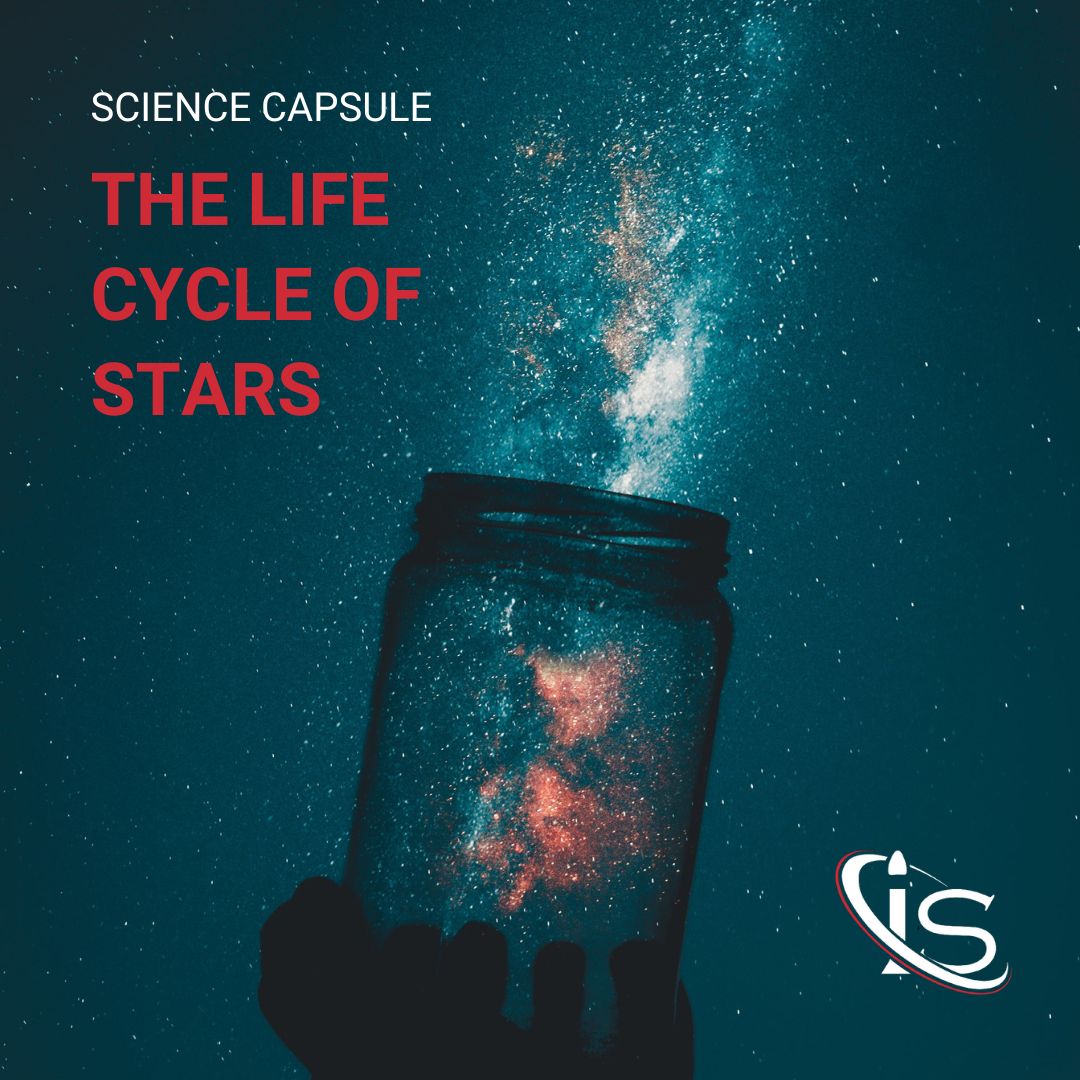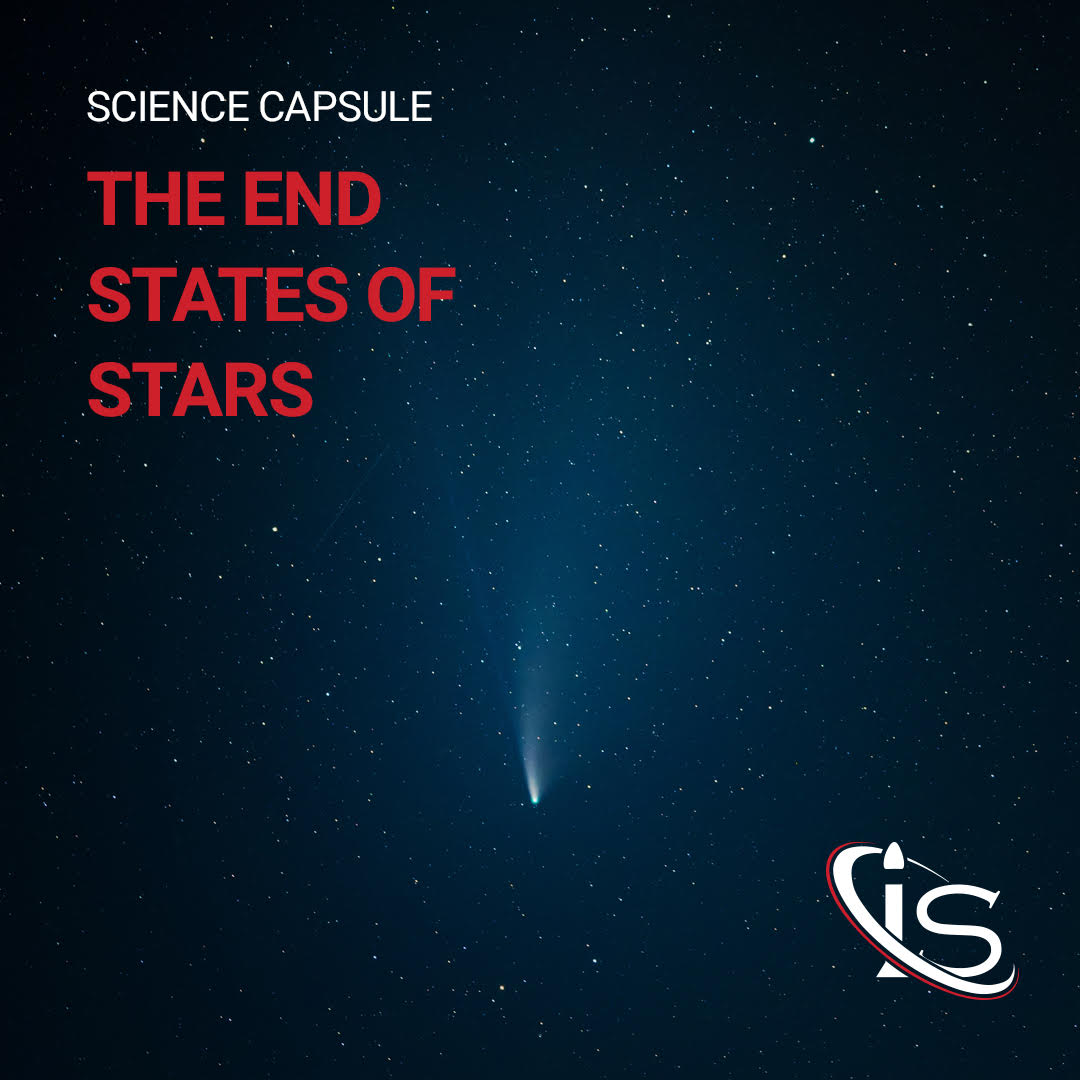What is a Black Hole?
The phenomenon known as a Black Hole is one of the most interesting in all of space. The name alone has this kind of intrigue that gets the mind wondering about its origin. After all, anything that is shrouded in darkness has a bit of mystery accompanying it. In reality, however, the name is actually very apt (and not very creative.) That is because what makes a black hole a black hole is its ability to trap light.
And make no mistake about it, when I say trap light, I mean that quite literally. In fact, this is the only object, that is currently known, with a high enough gravitational pull to keep light from escaping it altogether. This is actually tied to a concept discussed in a previous Science Capsule, How Does Time Pass on Satellites? That concept is the ever-important Theory of General Relativity. In this theory, Einstein hypothesized that, through something known as gravitational waves, massive objects would have light bend around them. This would also cause the space-time continuum to bend, leading to a different perception of the passing of time. I won’t go into further detail here, as it would take the focus away from the topic at hand. However, if this is something that intrigues you, the aforementioned Science Capsule is a great place to start.

General Relativity and Black Holes
Taking this back to Black Holes, and it is important to understand how much General Relativity plays a role here. Due to the massive size and density of these celestial bodies, the relativistic effects on light are quite extreme. Not only is light going to be slowed down, as detected by a distant observer, but once it passes the event horizon, it will never come out of the Black Hole again. Now, as with everything in the two theories of relativity, the observer’s reference frame is what matters.
Speed of Light Inside a Black Hole
In fact, the speed of light as observed by a hypothetical individual inside the black hole would not change. However, if the observer were looking into the black hole from some faraway frame, they would find that the speed of light approaching said black hole would start to near zero. And, once the light would pass the event horizon, its speed would be observed as zero.
This is because the effects of a black hole’s gravitational field on space-time are so extreme, that anyone observing events happening in a black hole would see them slowed down to an absurd degree. So much so, in fact, that the concept of time passing inside a black hole becomes almost nonexistent to an outside observer.
You can interpret this in two ways, in order to better understand the effects. Either:
- Light cannot escape from the black hole, thus an outside observer would never see the events unfolding inside it, as the light from those events would never reach them; or
- Due to basically infinite dilation of time inside the black hole, light would have to take close infinity time to get out of it, thus leading to it never escaping, according to an outside observer.
Both explain the same phenomenon, really, but hopefully at least one makes it easier to grasp.
The Schwarzschild Radius
We just discussed the basics of how black holes function. But how do they form? The answer was actually in the two previous science capsules on The Life Cycle of Stars and on The End States of Stars. That being: they form after a massive star (about 3 times the mass of the Sun or greater) explodes into a Supernova. But why does a Black Hole form after such an event? The Schwarzschild Radius is the reason.
This concept refers to the radius necessary for any amount of mass to become a Black Hole. And yes, the name does in fact contain the German word for black, making it much easier to remember than one might think after first looking at the spelling of this word. Regardless, the Schwarzschild Radius is at the basis of every black hole. In fact, everything has its own Schwarzschild Radius, including a regular person. Now, for a person, the Schwarzschild Radius would be smaller than an atom. Basically, no one is ever going to turn into a Black Hole. However, it is still something that could be mathematically calculated. And speaking of math, this is the formula that dictates what the Schwarzschild Radius would be for any amount of mass:
![]()
Where:
![]()
![]()
![]()
![]()
How Do Stars Fit Their Schwarzschild Radius
But why is it that more massive stars are able to match the parameters for their Schwarzschild Radius? Well, that is because these massive stars end up collapsing under their own gravity, leading to the aforementioned Supernova and the formation of a Black Hole. After all, any mass that fits into its Schwarzschild Radius becomes a Black Hole. Having said that, there are multiple types of Black Holes, although they all share the fundamental traits. But that might be better saved for a later Science Capsule. For now, it suffices to note that Black Holes that form from a massive star are called Stellar Black Holes.
The Singularity
The last thing to touch on today is the concept of the singularity, as it pertains to Black Holes. Many people have heard this word thrown around, potentially in this context, but probably in others as well. Really, this word generally describes any “Point of No Return”. For Black Holes in particular, however, it described the point at the center of this object. Here, matter has been compressed so much that the whole idea of space-time breaks down. Because of this, the laws of physics would, theoretically, not apply here. However, this does not seem to make scientific sense, meaning that this point does not really exist (as far as we know.) And so scientists have come up with multiple “replacements” to this singularity.
The Singularity Replacements
The Planck Star
One of the more popular ones is the Planck Star, a theoretical concept derived from the loop quantum gravity theory. Here, the mass would not get infinitely compressed and would instead reach a limit of sorts, past which mass could no longer be squished.
The Gravastar
Another option is the gravastar, a region containing only dark energy. This would make it so that matter could not penetrate this region’s event horizon. Meanwhile, on and around its surface, it would look and act like a Black Hole. However, due to recent evidence showing no signs of such a phenomenon, the gravastar theory has become less likely.
The Singularity Ring
The final possibility is quite possibly my favorite (partially because it comes from the great Einstein himself.) That is, a Black Hole would not have a singularity point, but, rather, a singularity ring. This would be due to its spinning nature, something which we have glossed over here due to the ensuing complexity it would bring to the discussion. According to this possibility, passing through a ring singularity would lead to entering a Worm Hole and, subsequently, popping out of a White Hole. For anyone wondering, a White Hole is just what it sounds like, the opposite of a Black Hole. Here, all matter and would be pushed out, and nothing could enter it.
Unfortunately, this theory has the slight issue that, due to the same math from the same great man, the interior of a Black Hole is too unstable to support this kind of model. By this, I mean that this ring singularity would have such high centrifugal forces that it would not allow any object to enter it. Therefore, a new region would form, known as the inner horizon. Outside it, all radiation is drawn towards the singularity. However, as matter and light get to the inner horizon, infinitely energetic radiation, theoretically containing the whole history of the Universe, would repel them back.
However, even with this little “hole” (pun very much intended,) the singularity ring theory still remains the most fascinating one in my eyes.





